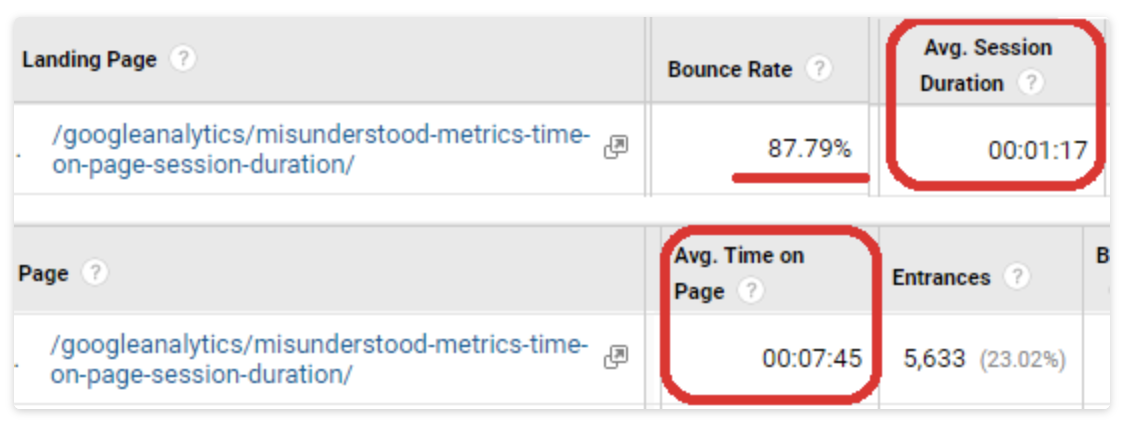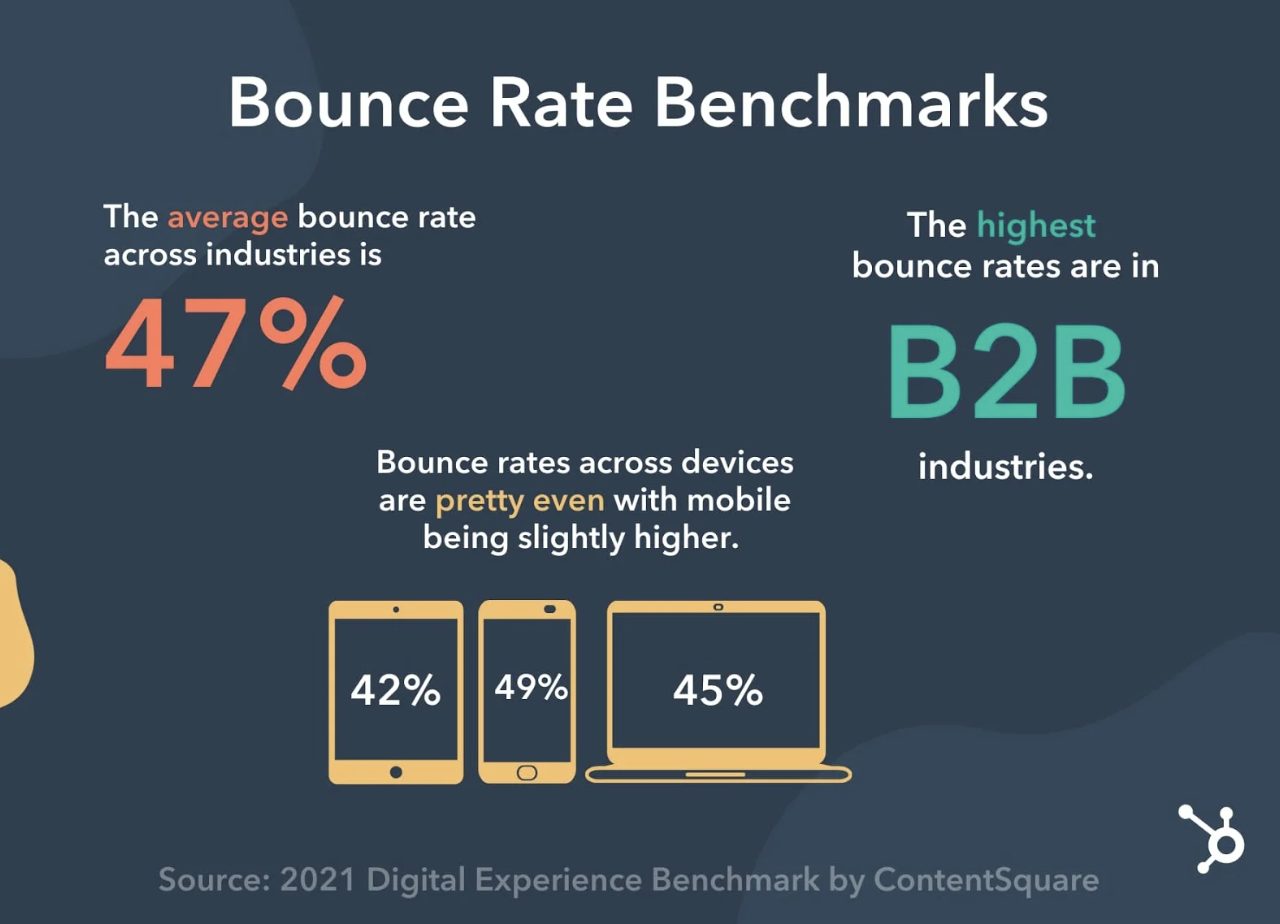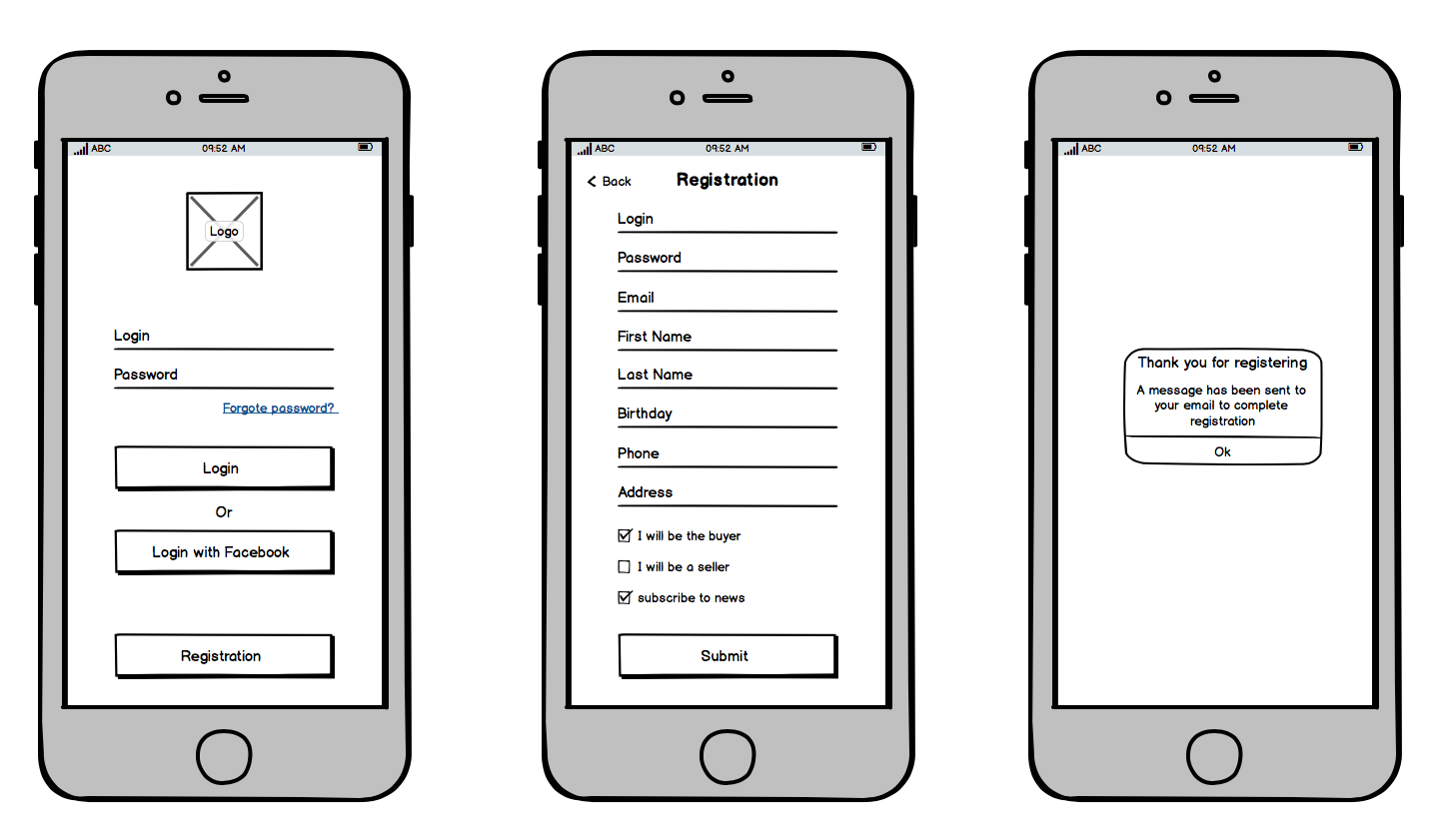Free UX Design Course
Dive into UX design with our free starter course. Transform your creative ideas into user-friendly solutions.
UX (user-experience design) is now a vital aspect of SEO (search engine optimization). Search engines no longer evaluate web pages on keyword use alone. Instead, a website must understand user intent and provide a rich user experience to rank highly in organic search engine results.
Want to learn more about how UX can help your SEO strategy? Then read on.
What Is SEO?

SEO strives to improve a website’s visibility in organic search results—thereby increasing a site’s organic search traffic. A strong SEO strategy boosts a website’s SERP (search engine results page) ranking position for relevant search queries.
To connect users with the information they’re looking for, search engine algorithms assess the pertinence of a page’s content to the user’s search query by analyzing topics and relevant keywords. Search engine algorithms also gauge the authority of a page by analyzing backlinks, PR mentions, and other off-page factors that indicate a site’s trustworthiness. Finally, search engine algorithms measure how users interact with a web page to determine the quality of user experience that it provides.
Can UX Impact Your Search Rankings?

Search engines aim to provide a rich user experience, which includes connecting users with pages that deliver on user experience too. Search engine algorithms assess user interaction with a site by evaluating UX signals, which include clicks, dwell time, and more. UX signals—or user signals—indicate a user’s level of engagement and reflect the quality of a site’s UX design. User behavior is a powerful ranking factor.
How User Experience Affects SEO

In the context of SEO, behavior metrics measure user engagement and the relevance of a page’s content to user search intent. To become a user-friendly resource and bolster its search engine rankings, a web page must optimize for these markers of quality UX design. In this way, UX and SEO share a common goal—to optimize a website’s user experience.
Let’s look at some important UX metrics when it comes to SEO.
Get To Know Other Design Students
Asel Yaşacan
Product Designer at Capital One
Dominick Andre
UX Designer at Fidelity Investments
Jenny Kim
Content Creator/influencer at Self-employed
Time on Page
Also known as “dwell time,” this metric indicates the amount of time that a user spends on a web page before navigating back to the search results page. A high dwell time means that a site’s content is both engaging and relevant to user queries. It also shows the site is easy to navigate and delivers a rich user experience. A low dwell time often indicates that the site’s content did not align with the user’s search intent or target keywords. Low dwell times may also reflect UX weaknesses like slow loading speeds, layout issues, or invalid links.

Bounce Rate
This metric calculates the percentage of users that exit a website after viewing a single page. In some cases, high bounce rates reveal poor user experience design or low quality content riddled with keyword stuffing. In other cases, high bounce rates indicate that users are speedily locating sought-after information and then exiting the page.

For this reason, Google’s algorithm does not evaluate bounce rates. The algorithm does, however, quantify related metrics like long and short clicks. Long clicks occur when users click on a page and remain there for an extended period of time, demonstrating user satisfaction. Short clicks occur when users click on a page and rapidly return to the search engine results page, indicating user dissatisfaction. Pages that produce high bounce rates and high dwell times often carry robust long click percentages—meaning that bounce rates are important to a page’s SERP ranking.

Engagement
A strong content strategy is key, but robust UX heightens user engagement. Effective content formatting, intuitive site architecture, and easy navigation help audiences find the information they’re looking for and facilitate engagement with other parts of a website. User interface (UI) also plays a role. According to Adobe, 66% of surveyed users prefer to interact with “beautifully designed” content.
Google rewards pages that deliver informative, high-quality content that satisfies users with accurate, easily accessible answers to relevant search queries. User engagement metrics include dwell time, clicks, and more.
Pages per Session

Also known as “page views per session,” this metric tallies the average number of pages on a website that users view in a given session. Users begin a session when navigating to a website. The session ends after either 30 minutes of inactivity or when a user exits the website.

This behavioral metric quantifies the extent of a user’s journey within your website. A high pages per session count demonstrates that a website’s content is valuable and easily navigable—qualities that boost a page’s ranking in organic search results.
Rankings

The factors above determine a website’s position in search engine results. A page’s rank on a search engine results page determines its visibility. A well-ranking, prominently featured page will attract more traffic—the top result in a Google search, for example, wins 34% of overall organic traffic, while the number two result pulls just 17%. Percentages of inbound traffic decline with lower rankings.
Rankings are not set in stone and may shift according to keyword competition, website age, or shifts in search engine algorithms.
UX SEO Best Practices

To boost your website’s SERP ranking, implement these UX SEO best practices.
Simplify Navigation
Help users find the information they’re looking for. Organize content in digestible, SEO-friendly formats that utilize bullets, lists, headers, and imagery. Link to useful related content and offer calls to action that will help facilitate the user journey within your website.
Focus on Page Speed
Page speed quantifies how fast content loads on a page. Page speed is affected by theme and plugin installations, a website’s coding and server-side scripts, and the volume of images, videos, and additional media files that exist on a website.
Slower page speeds correlate with higher bounce rates and less time spent on a page. Because page speeds affect user experience, Google’s ranking algorithm evaluates page speed. File compression, code optimization, and reduction of redirects to another page help improve page speed.
Use online tools like PageSpeed Insights to conduct a core web vitals assessment and figure out how to reduce your load time.
Prioritize Mobile Users
Google strongly recommends using responsive design to ensure a positive user experience across devices. Because the majority of users currently access Google via mobile search, the search engine now employs mobile-first indexing, which means that search engine crawlers predominantly analyze the mobile version of a page’s content.
Responsive web design enables websites to rescale and adapt to mobile phones, tablets, and other devices without rendering issues. Mobile layouts emphasize simplicity and clarity, so make your content easily readable, eliminate any unnecessary inbound links, and make calls to action easy to tap on.
To create a better mobile user experience, you should ditch complex navigation paths, reduce loading times, and streamline menu design. Focus on key information and cut any additional content.
Give the User Clear Signals
Help users accomplish tasks and achieve goals with well-designed buttons and calls to action. Put UI elements in familiar locations, and make these elements highly visible and obviously interactive. These elements should be scannable and easy to manipulate. For large websites, allow users to preview lower-level content with drop-down navigation menus. Use visual communication to improve user comprehension.
Finally, since Google rewards content that has been shared on social platforms, include accessible social media share buttons on all pages of your website.
Ensure Consistent Branding
Studies have shown that users form an opinion about a website in just 50 milliseconds—and that these opinions determine whether they’ll stay or leave. Good UI/UX design and consistent branding help create a positive first impression and are essential to establishing credibility, winning user trust, and producing high engagement. Stable branding also improves brand recognition—and 71% of consumers report a preference for brands they recognize. This translates to more traffic and higher conversion rates.
To ensure brand consistency, create content guidelines regarding tone, voice, and style. Implement consistent color palates, stamp your logo on all digital assets, and choose content topics wisely. Align marketing strategies across platforms to create a unified experience.
“Making the Brand: Redesigning Spotify Design,” Spotify Design.
How Designers and SEOs Can Work Together
Because UX and SEO overlap, UX designers and SEO professionals often collaborate to improve a website’s usability and SERP ranking. Read on to learn how they work together.
Share Data and Reports
Designers and SEO specialists share reports to improve a website’s performance. UX signal data from Google Analytics can validate UX design decisions or reveal sites of friction that are negatively impacting a page’s SEO ranking. An SEO audit can point to user experience issues, and user signal analysis can also point to weak spots related to the quality of a website’s content.
Meet Regularly
In regular meetings, UXers and SEOs can work together to better understand a website’s audience. By studying user personas and user journey maps created by UX designers, SEO professionals gather detailed insights about user intent and formulate relevant content that will match their search queries.
Consult Before Making Big UX or SEO Decisions
UX and SEO exist in a unified, user-centric ecosystem. Google evaluates many of the same metrics that designers measure in user testing. Analyzing decisions from a combined vantage point will improve a website’s overall performance and effectiveness. SEO is a competitive environment in which elements of user experience play a key role.
Since you’re here…
Are you a future UX designer? Enroll in our UI/UX Bootcamp and join over 10,000 students who have successfully changed careers with us. Want to get wireframing right this second? Check out our free UX design course today.






